10 Types of Felines
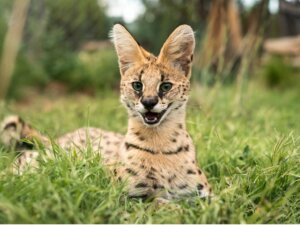

Written and verified by the biologist Francisco Morata Carramolino
Felines are carnivores that belong to the Felidae family. These mammals are one of the most successful and efficient predators known to man. Find out all about the different types of felines today.
Such is their ability that, through historical competition for prey, these animals have caused numerous species of canids (the other large group of carnivorous mammals) to become extinct. In this article, we’ll introduce you to the main types of felines and their characteristics. Read on if you want to learn more about them.
Types of felines
There are 41 species of Felidae distributed throughout the planet. Most are small, although a few reach an impressive size. Some roar and some purr, but all of them are fearsome, fast, and voracious predators.
Felines are divided into two families. On the one hand, we have the true felines (subfamily Felinae) and, on the other, the pantherines (subfamily Pantherinae). We’re going to bring you the interesting representatives of both groups.
True felines – subfamily Felinae
These felids are the most numerous group, with 34 described species. They’re generally smaller than panthers and more similar to house cats, which also belong to this group. Due to the structure of their throat, these animals can’t roar, but they are capable of purring. In the following lines, we present some of the most representative types of true felines.
1. Iberian lynx (Lynx pardinus)
The Iberian lynx is one of the most emblematic species of Spanish fauna. It stands out for its characteristic brown coat with black spots, short tail, and ears ending in tufts of hair.
This wild cat used to be abundant throughout the Iberian Peninsula, but was almost completely decimated by humans. After heroic conservation efforts, the lynx are on the mend. Although still endangered, their populations have recently reached 1000 individuals.
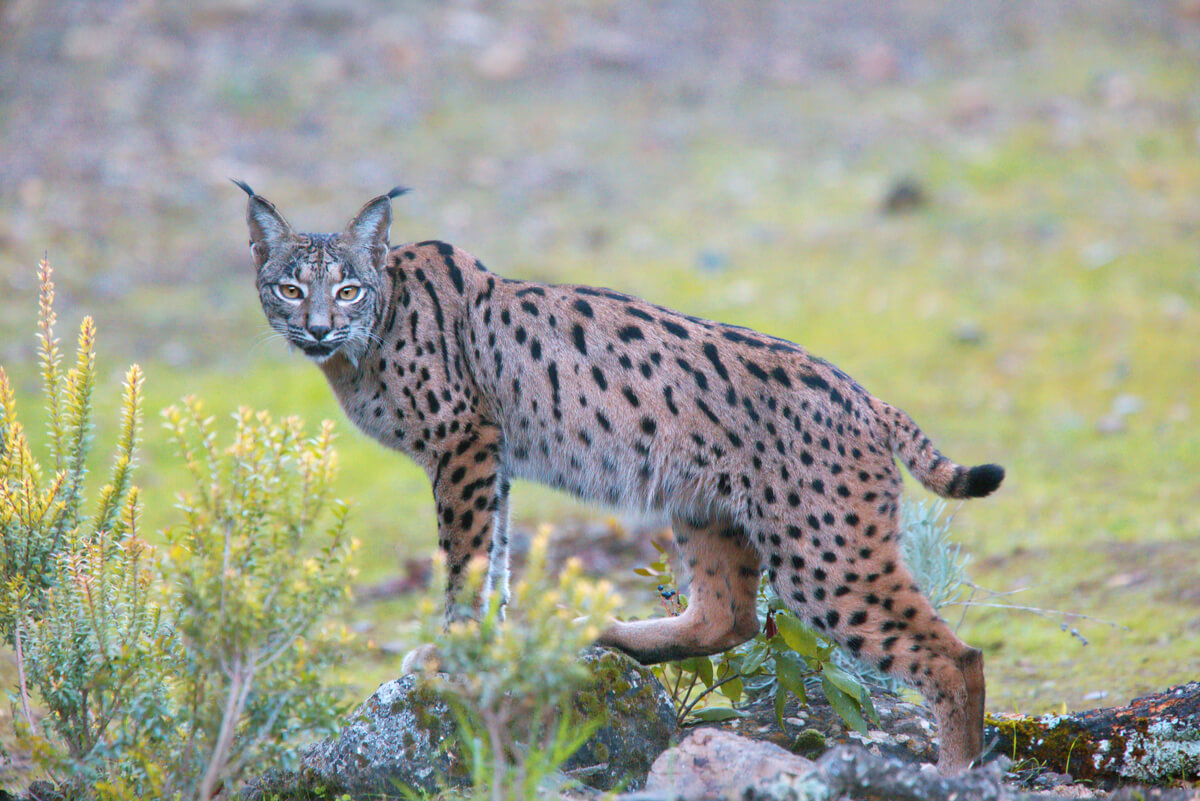
2. Wildcat (Felis silvestris)
This felid is very similar to the domestic cat, although somewhat larger and more robust, with thicker fur and tail. The distribution of this solitary predator is incredibly wide: it appears throughout much of the Old World, albeit in patches.
The resemblance to the domestic cat is no accident. It’s possible that the familiar home companions are a subspecies of this animal, although some experts believe that it’s a different species.
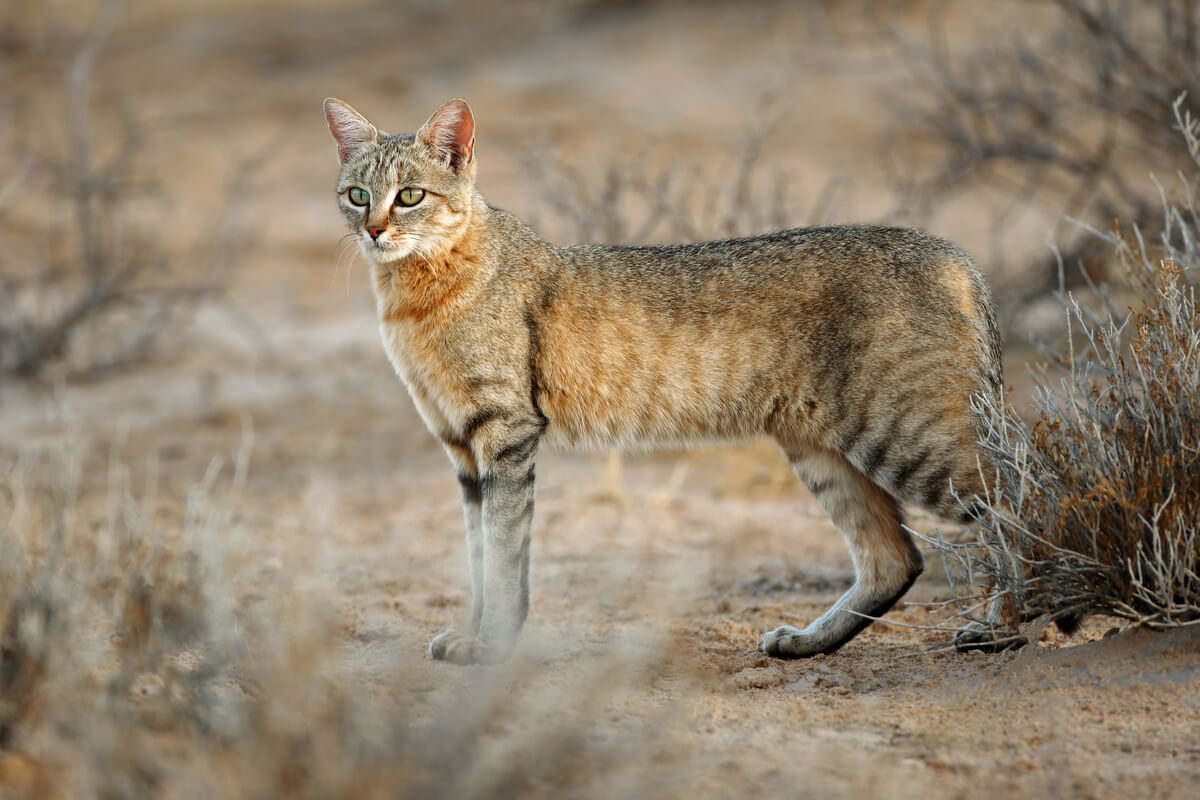
3. Cheetah (Acinonyx jubatus)
The cheetah is one of the most famous animals and the fastest mammal in the world, capable of reaching about 100 kilometers (60 miles) an hour when chasing prey. While other cats choose to ambush, the cheetah is fully adapted for speed.
As a consequence, it’s slimmer and more stylized than other large cats. In addition, it has lost the ability to retract its claws, in favor of nails more similar to those of dogs.
This strategy has brought them to where they are today, but it’s a risky one. Thanks to this, cheetahs can catch difficult prey, but are unable to defend themselves against other African predators, which are more powerful. In addition, it consumes large amounts of energy.

4. Serval (Leptailurus serval)
This peculiar African feline has a very small head, with huge ears and very elongated proportions. It’s between 60 and 100 centimeters (23-40 inches) long and its fur is yellow with black spots.
With its very long legs and neck, the serval is very well adapted to hunting small prey hidden in tall grass. The activity of this animal is concentrated at twilight and nighttime.

5. Manul (Otocolobus manul)
This little cat lives mainly in the steppes of Mongolia, China and Tibet. The manul has a long grayish and somewhat disheveled coat, as well as a penetrating gaze with its yellow eyes and stern expression. This aspect has made it quite famous on social networks.

6. Flat-headed cat (Prionailurus planiceps)
This tiny species is one of the most little-known to science. The flat-headed cat weighs only 2 kilos (4.4 lbs) and inhabits the humid tropical forests of Sumatra, Borneo and Malaysia. Like the fishing cat – a close relative – this animal has a preference for swamps and other bodies of water, from which it obtains its main prey: fish and amphibians.
The flat-headed cat was believed extinct in the mid-1980s, but was rediscovered a decade later. Fortunately, we still have this beautiful species in our ecosystems, although it’s classified as “endangered” by the International Union for Conservation of Nature.

Panthers – subfamily Pantherinae
This division of felids is much less broad. It only has 7 species, but all of them are truly iconic. Panthers are larger, more muscular, and more robust than their relatives. Furthermore, they’re the only ones capable of roaring. Some of these species, which usually occupy the role of dominant predator in their ecosystems, are the following.
7. Jaguar (Panthera onca)
Capable of hunting alligators, turtles, and anacondas, the jaguar is the undisputed super predator of the dense tropical forests that it inhabits, always close to bodies of water. This large mammal is distributed throughout much of South and Central America, as well as part of North America.
Melanic individuals of this species are popularly known as black panthers.
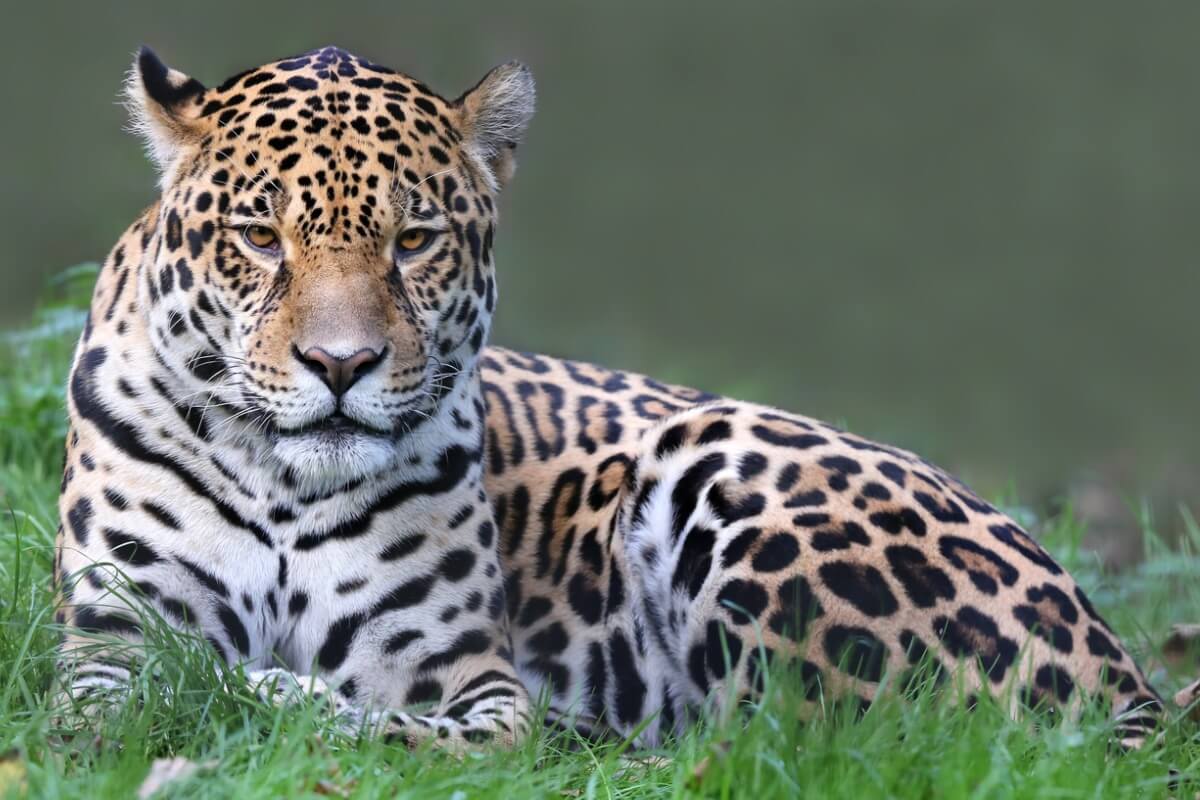
8. Leopard (Panthera pardus)
Considerably more graceful than the previous one, the leopard is one of the felines with a wider distribution range, since it can be found in much of Africa and Asia. Despite this, their populations are highly fragmented due to human pressure.
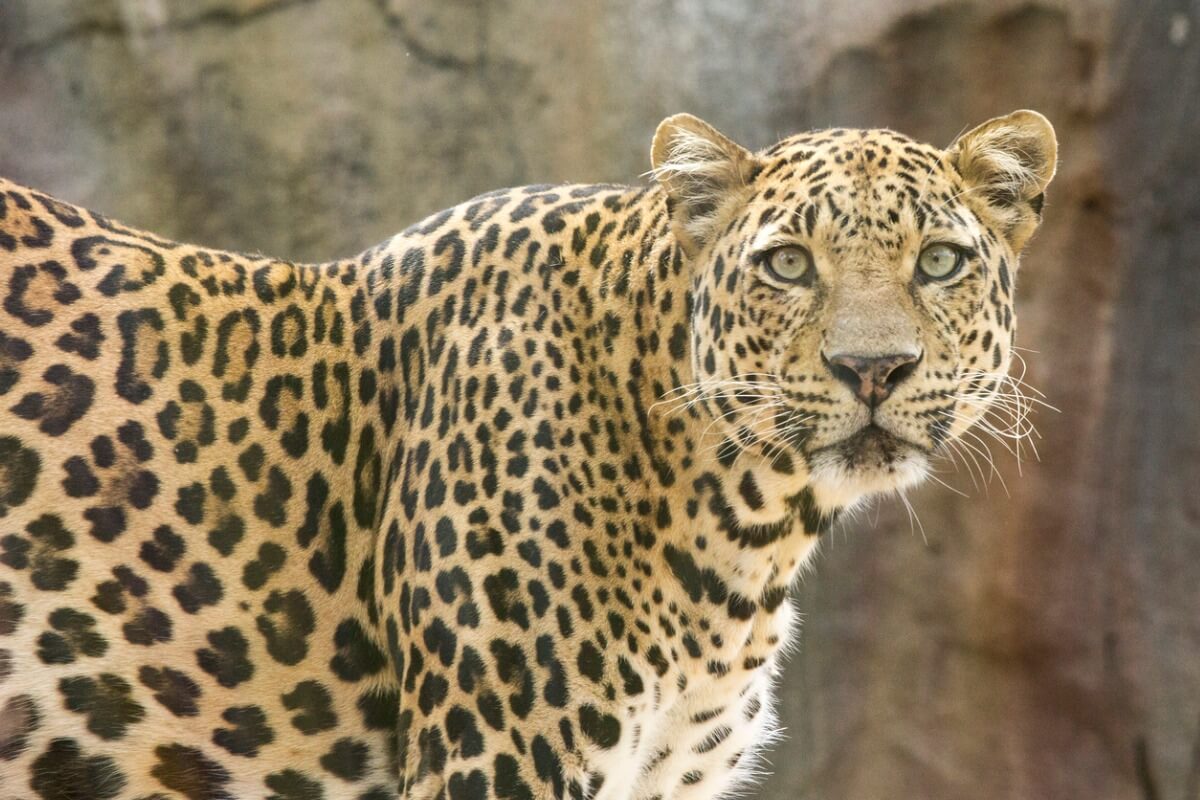
9. Clouded leopard (Neofelis nebulosa)
Often overshadowed by the larger panthers, the Neofelis are beautiful Asian cats that are highly specialized for arboreal life. These mammals feed on monkeys, wild pigs, deer, and smaller prey. In addition, they have the largest fangs in relation to their body out of all the wild cats.
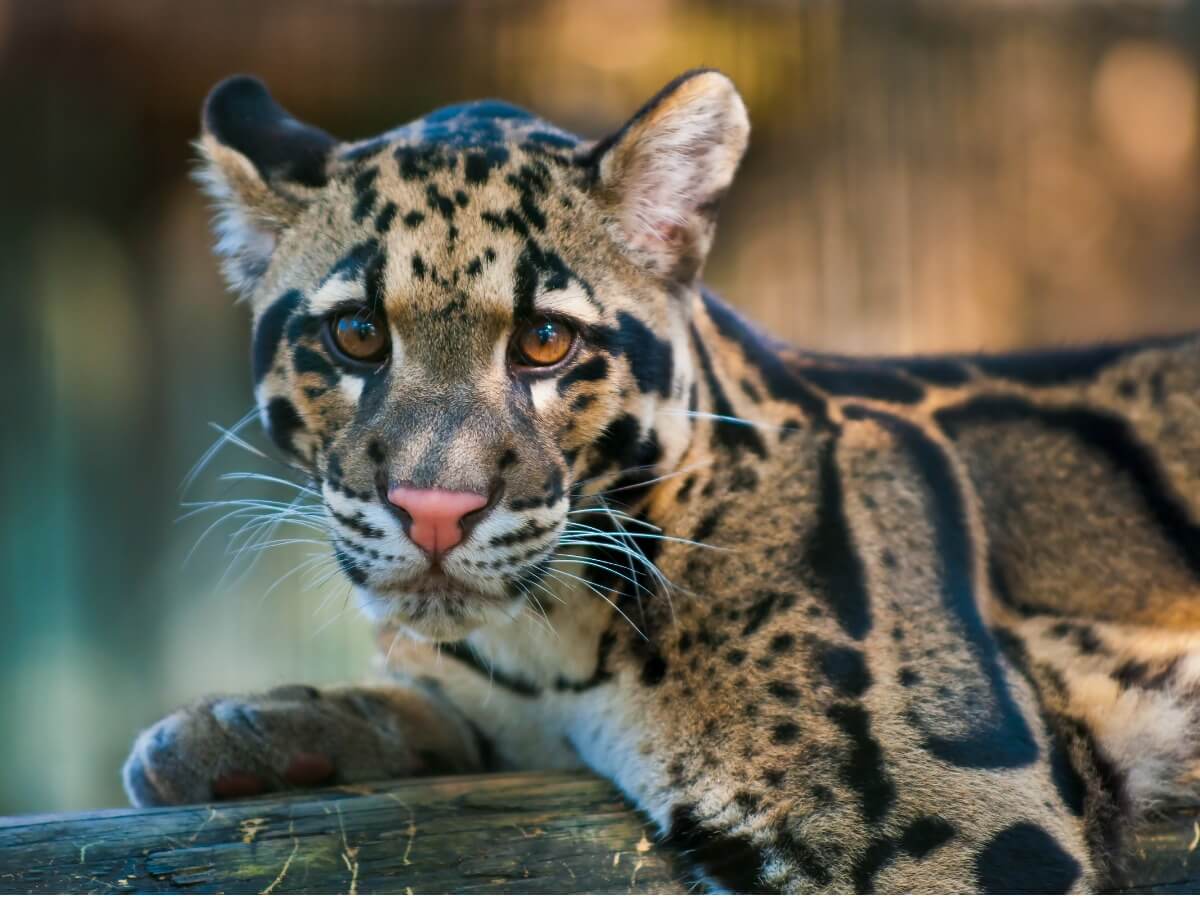
10. Lion (Panthera leo)
Finally, we present the well-known king of the African savannas. Lions are the only felids that live in packs instead of being solitary, and they have a very marked sexual dimorphism. While the males are gigantic and have a long mane, the females are smaller and have short hair.
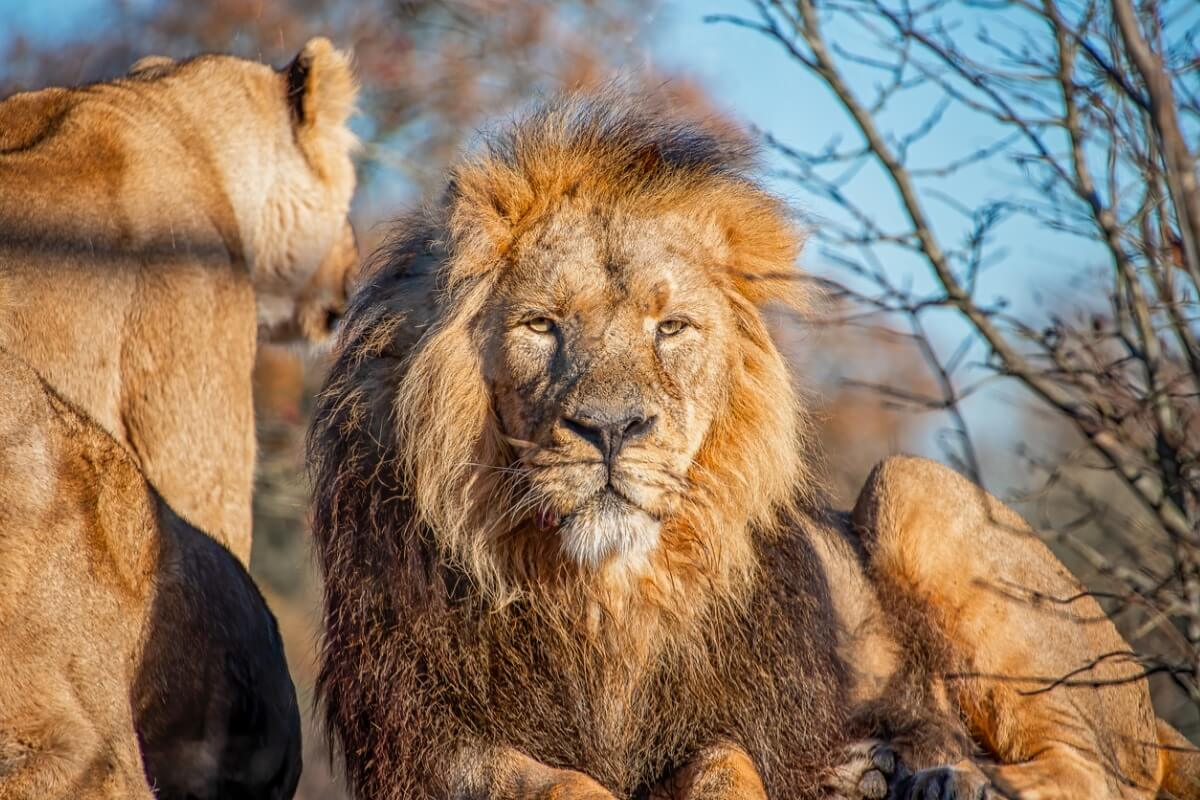
The wild cat species that we have presented are emblematic and play a fundamental role as predators in their ecosystems. Unfortunately, the enormous pressure that humans exert on different types of felines has put many in danger. Can these deadly hunters overcome the actions of man?
Felines are carnivores that belong to the Felidae family. These mammals are one of the most successful and efficient predators known to man. Find out all about the different types of felines today.
Such is their ability that, through historical competition for prey, these animals have caused numerous species of canids (the other large group of carnivorous mammals) to become extinct. In this article, we’ll introduce you to the main types of felines and their characteristics. Read on if you want to learn more about them.
Types of felines
There are 41 species of Felidae distributed throughout the planet. Most are small, although a few reach an impressive size. Some roar and some purr, but all of them are fearsome, fast, and voracious predators.
Felines are divided into two families. On the one hand, we have the true felines (subfamily Felinae) and, on the other, the pantherines (subfamily Pantherinae). We’re going to bring you the interesting representatives of both groups.
True felines – subfamily Felinae
These felids are the most numerous group, with 34 described species. They’re generally smaller than panthers and more similar to house cats, which also belong to this group. Due to the structure of their throat, these animals can’t roar, but they are capable of purring. In the following lines, we present some of the most representative types of true felines.
1. Iberian lynx (Lynx pardinus)
The Iberian lynx is one of the most emblematic species of Spanish fauna. It stands out for its characteristic brown coat with black spots, short tail, and ears ending in tufts of hair.
This wild cat used to be abundant throughout the Iberian Peninsula, but was almost completely decimated by humans. After heroic conservation efforts, the lynx are on the mend. Although still endangered, their populations have recently reached 1000 individuals.

2. Wildcat (Felis silvestris)
This felid is very similar to the domestic cat, although somewhat larger and more robust, with thicker fur and tail. The distribution of this solitary predator is incredibly wide: it appears throughout much of the Old World, albeit in patches.
The resemblance to the domestic cat is no accident. It’s possible that the familiar home companions are a subspecies of this animal, although some experts believe that it’s a different species.

3. Cheetah (Acinonyx jubatus)
The cheetah is one of the most famous animals and the fastest mammal in the world, capable of reaching about 100 kilometers (60 miles) an hour when chasing prey. While other cats choose to ambush, the cheetah is fully adapted for speed.
As a consequence, it’s slimmer and more stylized than other large cats. In addition, it has lost the ability to retract its claws, in favor of nails more similar to those of dogs.
This strategy has brought them to where they are today, but it’s a risky one. Thanks to this, cheetahs can catch difficult prey, but are unable to defend themselves against other African predators, which are more powerful. In addition, it consumes large amounts of energy.

4. Serval (Leptailurus serval)
This peculiar African feline has a very small head, with huge ears and very elongated proportions. It’s between 60 and 100 centimeters (23-40 inches) long and its fur is yellow with black spots.
With its very long legs and neck, the serval is very well adapted to hunting small prey hidden in tall grass. The activity of this animal is concentrated at twilight and nighttime.

5. Manul (Otocolobus manul)
This little cat lives mainly in the steppes of Mongolia, China and Tibet. The manul has a long grayish and somewhat disheveled coat, as well as a penetrating gaze with its yellow eyes and stern expression. This aspect has made it quite famous on social networks.

6. Flat-headed cat (Prionailurus planiceps)
This tiny species is one of the most little-known to science. The flat-headed cat weighs only 2 kilos (4.4 lbs) and inhabits the humid tropical forests of Sumatra, Borneo and Malaysia. Like the fishing cat – a close relative – this animal has a preference for swamps and other bodies of water, from which it obtains its main prey: fish and amphibians.
The flat-headed cat was believed extinct in the mid-1980s, but was rediscovered a decade later. Fortunately, we still have this beautiful species in our ecosystems, although it’s classified as “endangered” by the International Union for Conservation of Nature.

Panthers – subfamily Pantherinae
This division of felids is much less broad. It only has 7 species, but all of them are truly iconic. Panthers are larger, more muscular, and more robust than their relatives. Furthermore, they’re the only ones capable of roaring. Some of these species, which usually occupy the role of dominant predator in their ecosystems, are the following.
7. Jaguar (Panthera onca)
Capable of hunting alligators, turtles, and anacondas, the jaguar is the undisputed super predator of the dense tropical forests that it inhabits, always close to bodies of water. This large mammal is distributed throughout much of South and Central America, as well as part of North America.
Melanic individuals of this species are popularly known as black panthers.

8. Leopard (Panthera pardus)
Considerably more graceful than the previous one, the leopard is one of the felines with a wider distribution range, since it can be found in much of Africa and Asia. Despite this, their populations are highly fragmented due to human pressure.

9. Clouded leopard (Neofelis nebulosa)
Often overshadowed by the larger panthers, the Neofelis are beautiful Asian cats that are highly specialized for arboreal life. These mammals feed on monkeys, wild pigs, deer, and smaller prey. In addition, they have the largest fangs in relation to their body out of all the wild cats.

10. Lion (Panthera leo)
Finally, we present the well-known king of the African savannas. Lions are the only felids that live in packs instead of being solitary, and they have a very marked sexual dimorphism. While the males are gigantic and have a long mane, the females are smaller and have short hair.

The wild cat species that we have presented are emblematic and play a fundamental role as predators in their ecosystems. Unfortunately, the enormous pressure that humans exert on different types of felines has put many in danger. Can these deadly hunters overcome the actions of man?
All cited sources were thoroughly reviewed by our team to ensure their quality, reliability, currency, and validity. The bibliography of this article was considered reliable and of academic or scientific accuracy.
- Silvestro, D., Antonelli, A., Salamin, N., & Quental, T. B. 2015. The role of clade competition in the diversification of North American canids. Proceedings of the National Academy of Sciences, 112: 8684-8689.
- Weissengruber, G. E., Forstenpointner, G., Peters, G., Kübber‐Heiss, A., & Fitch, W. T. 2002. Hyoid apparatus and pharynx in the lion (Panthera leo), jaguar (Panthera onca), tiger (Panthera tigris), cheetah (Acinonyx jubatus) and domestic cat (Felis silvestris f. catus). Journal of anatomy, 201: 195-209.
- http://www.catsg.org/index.php?id=98
- http://www.catsg.org/index.php?id=101
- http://www.catsg.org/index.php?id=107
- http://www.catsg.org/index.php?id=109
- http://www.catsg.org/index.php?id=103
- http://www.catsg.org/index.php?id=103
- http://www.catsg.org/index.php?id=119
- Wilting, A., Cord, A., Hearn, A. J., Hesse, D., Mohamed, A., Traeholdt, C., … & Hofer, H. 2010. Modelling the species distribution of flat-headed cats (Prionailurus planiceps), an endangered South-East Asian small felid. PloS one, 5: e9612.
- http://www.catsg.org/index.php?id=95
- https://www.nationalgeographic.com/animals/mammals/facts/clouded-leopard
- https://www.nationalgeographic.com/animals/mammals/facts/big-cats-1
- https://www.nationalgeographic.com/animals/mammals/facts/african-lion
This text is provided for informational purposes only and does not replace consultation with a professional. If in doubt, consult your specialist.








